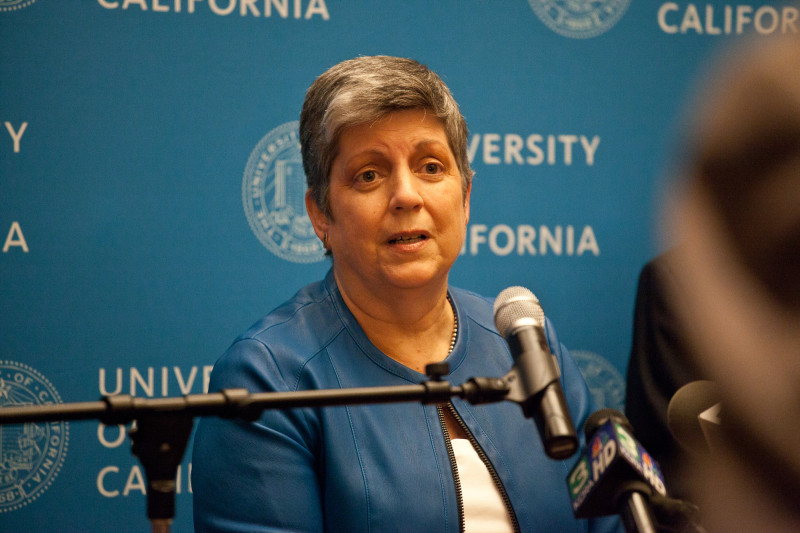Some are calling today's meeting historic.
"Yes, I think it is. It’s unusual," said John Douglass, a research fellow at the Center for Studies in Higher Education at UC Berkeley, and the author of “The California Idea and American Higher Education.”
"I can’t recall any other time in which this kind of venue has been set up between the governor and the president about the university's finances and how we spend money," Douglass said.
UC has an unusual amount of autonomy for a state school, he said, and while lawmakers have the power of the purse, they can’t tell an individual branch what it should teach, how much money it should spend on research and what the tuition should be.
This autonomy is enshrined in the state constitution, and the 10-campus UC system is one of about a half-dozen state-funded universities that enjoy such protections.
California gave UC its independence at its second constitutional convention in 1879, after the Gold Rush.
"That is a decade of tremendous tumult," Douglass said. "Economic depression, drought, race riots in San Francisco. And there was a lot of corruption in that era in the Legislature."
Douglass said all that chaos was evident at the convention, where almost every issue of the day was debated, including what to do with UC, which had already been established.
"There was movement by farmers who really wanted the University of California to be a technical college," he said. "And, in fact, one of the early amendments would have students do manual labor, where farmers would be trained on how to plow fields. At that time, after the mining boom, agriculture was emerging as the major economic driver in California."
And the emerging ag industry might have prevailed if not for Joseph Winans, a San Francisco lawyer and a UC regent.
Winans was part of a majority of regents who wanted UC to follow in the footsteps of the great research universities in Europe, which were known for independent thinking and scientific research.
At the same time, the regents wanted to give that mission an American twist.
"In that it would really drive socioeconomic mobility in the state and economic development, but not by training farmers to plow but to do research on soils and how best to plan," Douglass said. "That’s this grand vision."
At the same time, the regents believed this vision would come true only if UC didn’t have to take orders from lawmakers. Winans inserted an amendment into the constitution making it so. A majority of Californians voted in favor.
"And so this is a very expansive concept, and extremely important in terms of the overall economic development of California, partly because it retained that research mission. You have the citrus industry, you have the wine industry."
UC also pushed forward the fields of computer electronics, nuclear sciences and biotech. And arguably the UC system is the envy of many states and countries around the world.
"How did the University of California attain this status?" Douglass asked rhetorically. "It relates highly to its autonomy."
Douglas believes that’s the overarching theme of the discussions that will go on between Brown and Napolitano.
